Legendary monuments that no longer exist
Monuments have always been symbols of human achievement, telling stories of cultures, beliefs, and technological advancements. Some of these structures have tragically disappeared, leaving only tales and ruins. The intrigue surrounding these vanished monuments is palpable, as they remind us of the impermanence of human creations. As we explore these lost wonders, we delve into history, imagining the grandeur that once was and pondering the mysteries that time has concealed.
The Colossus of Rhodes: A Marvel of the Ancient World
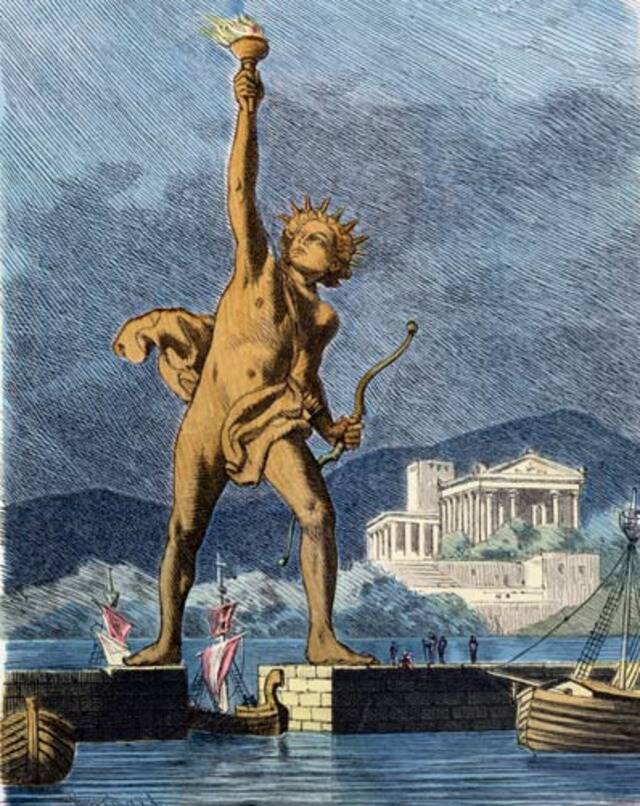
The Colossus of Rhodes was a towering statue of the sun god Helios, standing about 33 meters high. It was constructed in 280 BC and was considered one of the Seven Wonders of the Ancient World. This gigantic bronze figure was erected to celebrate the Rhodians’ victory over Cyprus. Unfortunately, it stood for only 54 years before an earthquake toppled it. Despite its short existence, it left a lasting impression on the ancient world.
The Lighthouse of Alexandria: Guiding Light of the Past
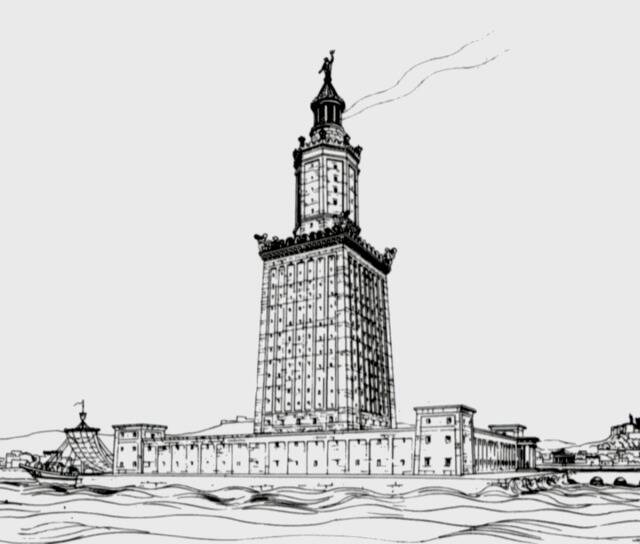
The Lighthouse of Alexandria, also known as the Pharos of Alexandria, was built in the 3rd century BC on the small island of Pharos. It guided sailors safely into the bustling harbor of Alexandria for centuries. Standing at an impressive height of approximately 100 meters, it was one of the tallest man-made structures in the world. Earthquakes eventually led to its destruction between the 12th and 15th centuries, but its legacy as a navigation pioneer remains.
The Temple of Artemis: A Wonder Lost in Time
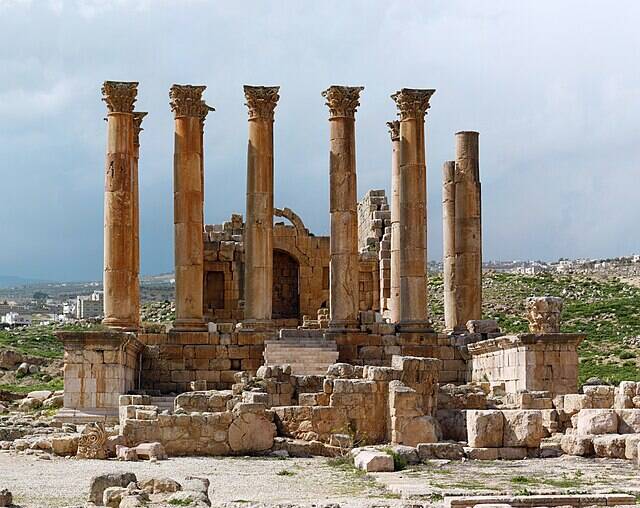
The Temple of Artemis at Ephesus was a magnificent structure dedicated to the goddess Artemis. Built in the 6th century BC, it was one of the largest temples of its time, earning a place among the Seven Wonders of the Ancient World. The temple was destroyed and rebuilt multiple times before its final demise around 401 AD. Its sheer scale and ornate decorations captivated ancient visitors and continue to inspire awe today.
The Hanging Gardens of Babylon: Myth or Reality?
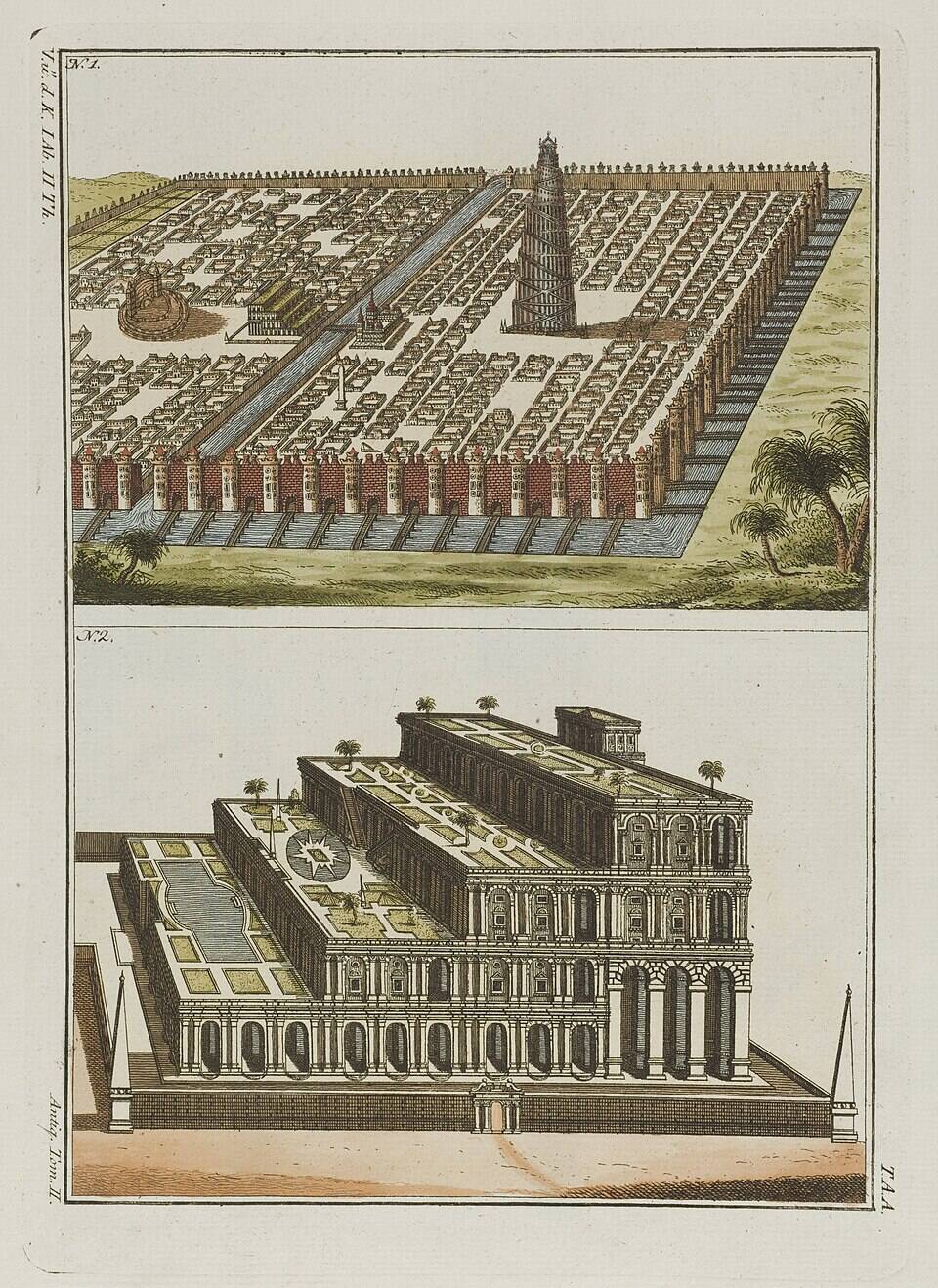
The Hanging Gardens of Babylon are one of history’s most enigmatic wonders, with debates about their existence still ongoing. Described as a verdant paradise built by King Nebuchadnezzar II for his wife, the gardens allegedly featured terraces of lush greenery. However, there is no definitive archaeological evidence to confirm their existence. Whether real or mythical, the gardens symbolize human ingenuity and the desire to create beauty in unlikely places.
The Statue of Zeus at Olympia: A Godly Masterpiece

The Statue of Zeus at Olympia was an awe-inspiring representation of the king of the Greek gods. Crafted by the renowned sculptor Phidias around 435 BC, the statue stood about 12 meters tall and was made of ivory and gold-plated bronze. It was housed in the Temple of Zeus and became a pilgrimage site for worshippers. Sadly, it was destroyed in the 5th century AD, but its legacy as a masterpiece of classical art endures.
The Mausoleum at Halicarnassus: A Tomb Fit for a King

The Mausoleum at Halicarnassus was a monumental tomb built for Mausolus, a Persian satrap, in the 4th century BC. Its intricate design combined Greek, Egyptian, and Lycian architectural elements, standing about 45 meters high. It was so magnificent that it coined the term “mausoleum” for grand tombs. Earthquakes and plundering reduced it to ruins by the Middle Ages, but it remains a symbol of architectural ambition and cross-cultural artistry.
The Great Library of Alexandria: The Lost Center of Knowledge

The Great Library of Alexandria was the intellectual hub of the ancient world, founded in the 3rd century BC by Ptolemy I. It housed hundreds of thousands of scrolls covering diverse subjects, attracting scholars from across the globe. Its destruction, attributed to various events over time, marked a significant loss of knowledge. Despite its disappearance, the library continues to evoke the pursuit of learning and the fragility of cultural heritage.
The Old St. Peter’s Basilica: The Predecessor to a Great Cathedral
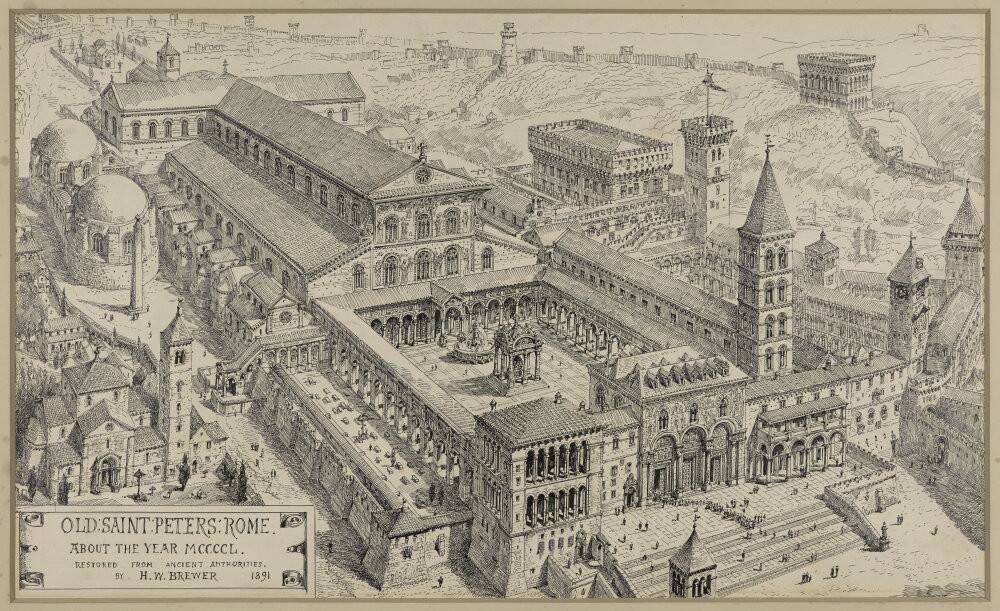
Old St. Peter’s Basilica in Rome was commissioned by Emperor Constantine in the 4th century AD and stood for over a millennium. It was the original site of St. Peter’s burial and a major pilgrimage destination. By the 16th century, the basilica was in disrepair, leading to its demolition and the construction of the current St. Peter’s Basilica. Its legacy lives on in the architectural grandeur and spiritual significance of its successor.
The Bamiyan Buddhas: Ancient Sculptures Lost to Time
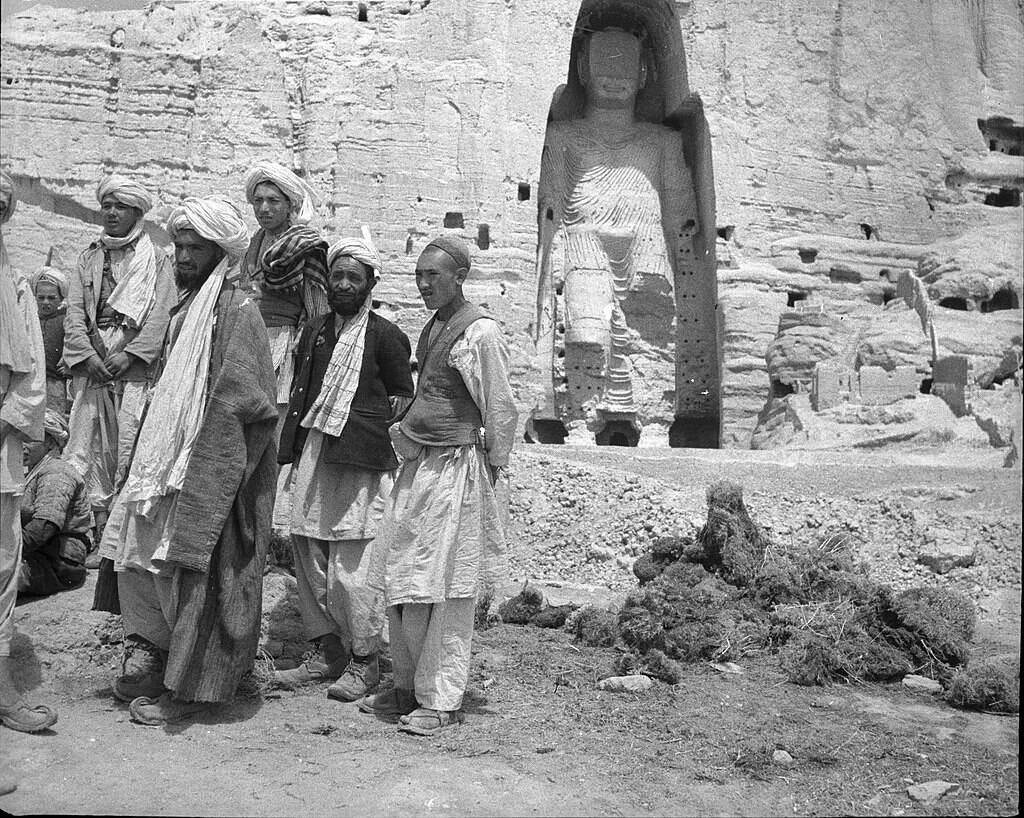
The Bamiyan Buddhas were two colossal statues carved into the cliffs of the Bamiyan Valley in Afghanistan. Dating back to the 6th century, they stood 55 and 37 meters tall, representing the artistic and religious heritage of the region. Tragically, the Taliban destroyed them in 2001, sparking global outrage. Their absence highlights the vulnerability of cultural treasures to conflict, yet efforts to preserve their memory continue.
The Crystal Palace: A Victorian Era Marvel
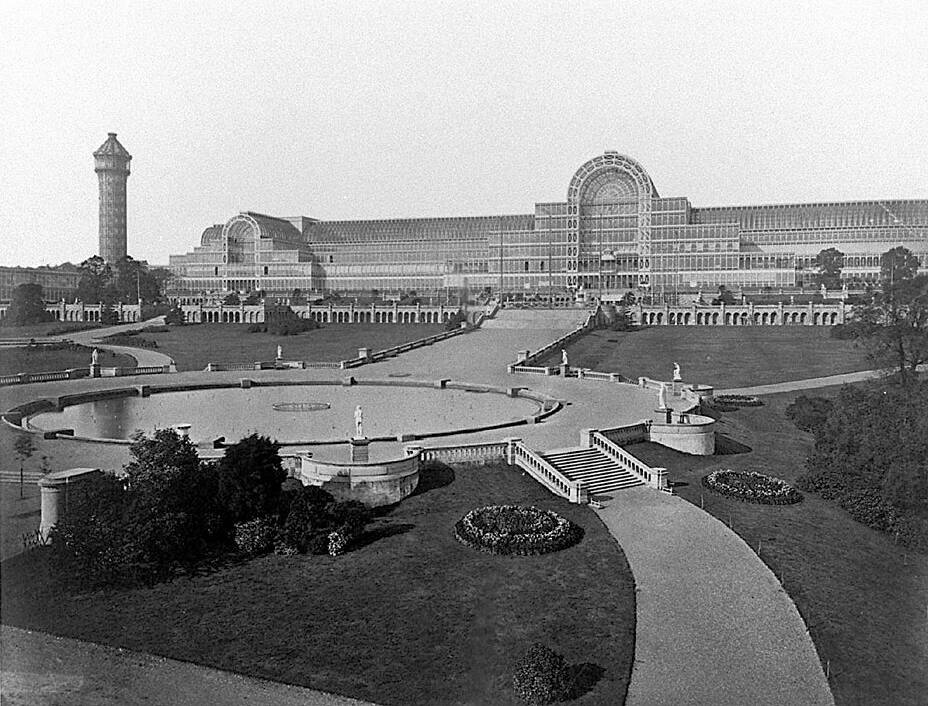
The Crystal Palace was an architectural wonder of the Victorian era, designed by Joseph Paxton for the Great Exhibition of 1851 in London. Its innovative use of cast iron and plate glass created a light-filled space that housed exhibits from around the world. Though it was moved and expanded, a fire in 1936 devastated the structure. The palace’s legacy endures, symbolizing industrial innovation and the spirit of the era’s world fairs.
The Templo Mayor of Tenochtitlán: Heart of the Aztec Empire

The Templo Mayor was the grand temple of the Aztec capital, Tenochtitlán, dedicated to the gods Huitzilopochtli and Tlaloc. It was a central hub for religious ceremonies and public life. After the Spanish conquest in the 16th century, the temple was destroyed and buried beneath modern Mexico City. Excavations in the 20th century uncovered its remnants, offering insights into Aztec civilization and reigniting interest in its rich cultural heritage.
The Nauvoo Temple: A Symbol of Early Mormonism
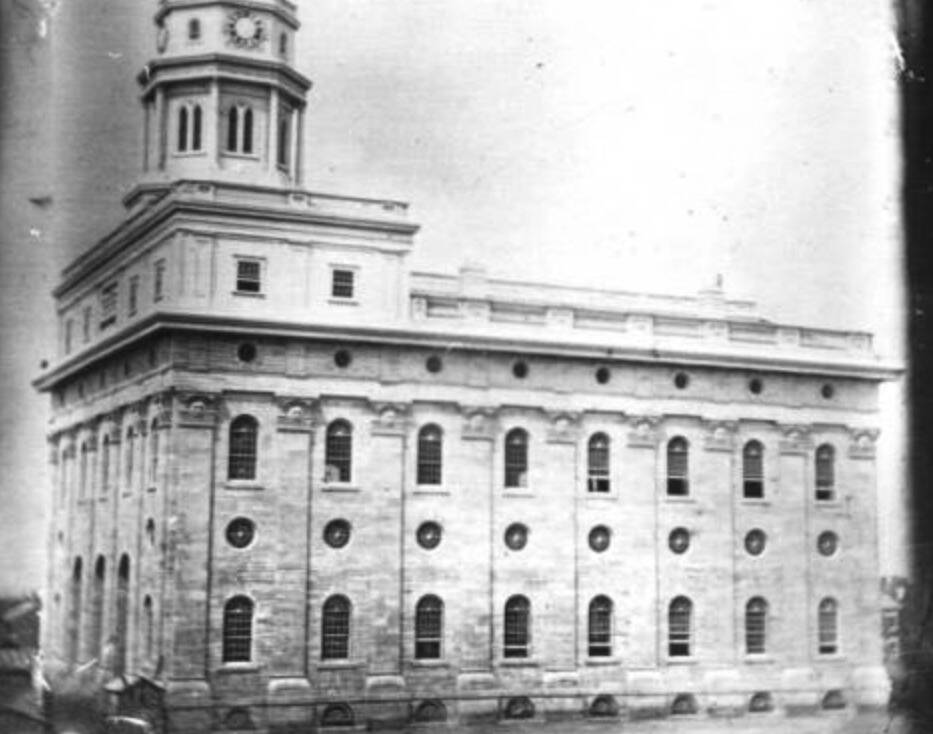
The Nauvoo Temple was a significant religious structure for early members of The Church of Jesus Christ of Latter-day Saints. Completed in 1846 in Illinois, it was a cornerstone of the Mormon community. However, persecution forced the community to abandon it, and a fire gutted the temple in 1848. Its reconstruction in 2002 served as a tribute to the perseverance and faith of its early builders, preserving its spiritual significance.
The Berlin Wall: A Relic of the Cold War

The Berlin Wall was a concrete barrier that divided East and West Berlin from 1961 to 1989, symbolizing the Cold War’s ideological divide. Erected by East Germany, it prevented East Germans from fleeing to the West. Its fall in 1989 signified the end of the Cold War and the reunification of Germany. Today, remnants of the wall serve as a poignant reminder of the past and the enduring human desire for freedom and unity.
The World Trade Center: A Symbol of Resilience

The World Trade Center in New York City comprised seven buildings, with its iconic Twin Towers completed in 1973. Tragically, they were destroyed in the 9/11 terrorist attacks in 2001, a day that changed the world forever. The site has since been redeveloped, with the One World Trade Center standing as a testament to resilience and recovery. The story of the towers resonates with themes of loss, remembrance, and hope for a brighter future.
The Amber Room: The Disappearing Masterpiece
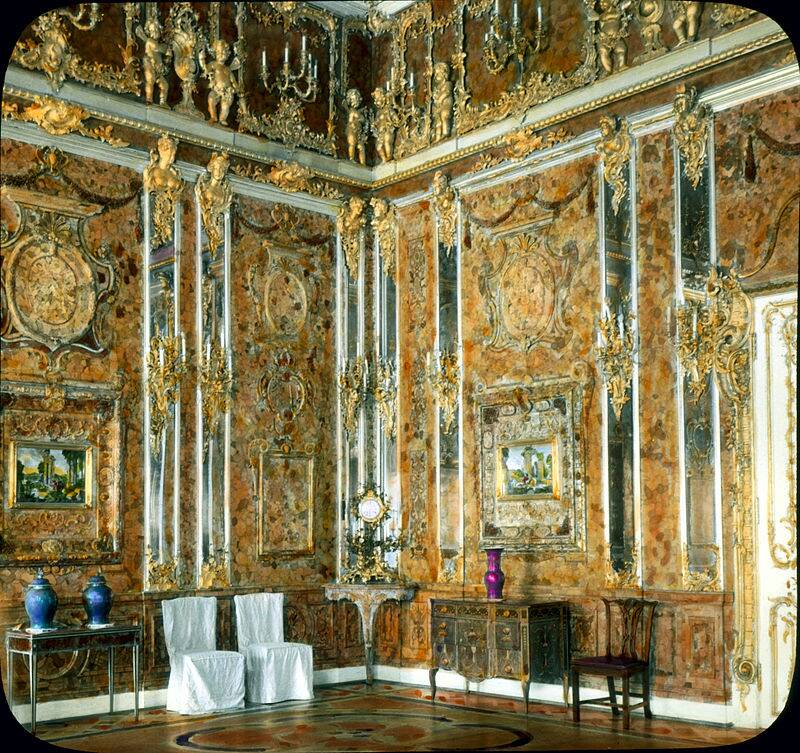
The Amber Room was a stunning chamber decorated with amber panels, gold leaf, and mirrors, originally crafted for Charlottenburg Palace in Prussia. Moved to the Catherine Palace in Russia, it was dubbed the “Eighth Wonder of the World.” During World War II, Nazi forces looted and transported it to Königsberg, where it vanished. Despite ongoing searches, its whereabouts remain a mystery, fueling intrigue and hopes for its eventual discovery.
The Palmyra Archway: A Testament to Syrian History

The Palmyra Archway in Syria was an elegant Roman triumphal arch built in the 3rd century AD, marking the grandeur of the ancient city of Palmyra. It stood as a testament to Palmyra’s cultural and historical significance until its destruction by ISIS in 2015. Efforts are underway to reconstruct the archway, highlighting not only its historical importance but also the resilience of cultural heritage in the face of adversity.



